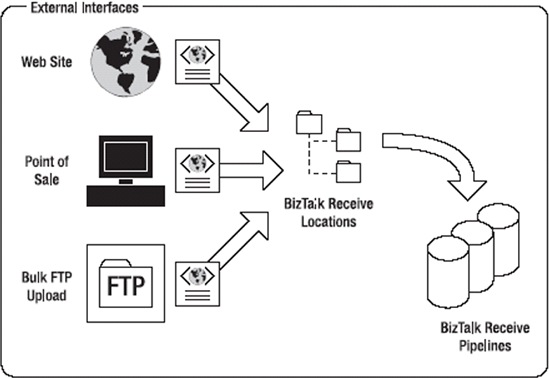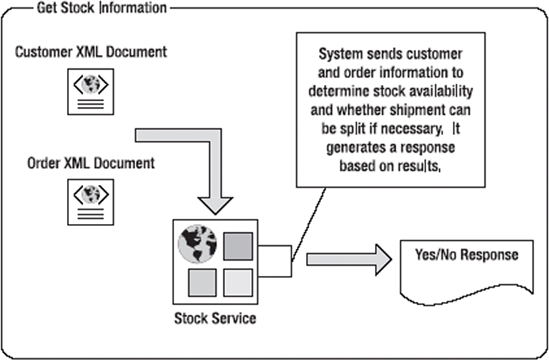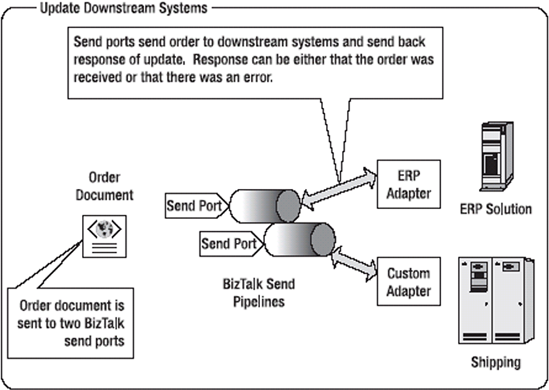The team structure outlined
previously gives the basics for forming and managing a large group of
developers. It also allows the team to scale outwards or inwards
depending on new requirements being introduced or having features move
out of scope. The key takeaways from this model are the following:
Break the solution down into functional groups or subsystems. Assign and manage deliverables based on these groupings.
For
projects that require common infrastructure, create a separate team
that is responsible for creating and managing this. Ensure that the
design for any common components is well defined and used by other
functional teams.
Assign developers to
either a functional team or to the common infrastructure team. Assigning
developers to more than one team is often problematic as it forces them
to split time for multiple deliverables.
Rotate
developers across teams when deliverables are complete. This encourages
cross-group collaboration and decreases "knowledge silos."
Encourage
a regular build cycle. This will help to keep the project on track and
gives the team members regular code check-in dates that must be met.
On a BizTalk development project, these concepts
become even more important. Most BizTalk architects do not take the time
necessary to determine how to properly structure the application so
that it can be coded using a model like the one defined earlier.
Likewise, very few map out what common infrastructure will be needed and
what types of artifacts are "feature specific" and which are common
infrastructure. Following is an exercise that illustrates this.
|
List what features are needed for the solution to
be implemented in this exercise scenario. Then list what common
components will be required for each subsystem.
Scenario:
ABC Company, Inc., is creating a new solution
using BizTalk Server. The system is an order fulfillment application
that will receive order information from the public web site, a retail
POS (Point of Sale) system, and a custom bulk order solution that is
used by large customers. Only customers in good standing are eligible
for automatic fulfillment, and presently the project is only piloting
customers in four geographic regions. If a customer does not meet the
requirements for automatic fulfillment, the order is rejected and
manually fulfilled. For orders that can be autofulfilled, the solution
must first check the stock availability for each product by an SAP ERP
system using a custom API. If stock is not available, it must decide
whether the order can be split into multiple shipments and fulfill each
separately. If the order cannot be split shipped, it must be rejected
and processed manually. If an order can be fulfilled, it must update the
billing and shipping systems appropriately. The shipping system is a
legacy mainframebased application that requires custom code to be
executed to properly authenticate and send transactions to it.
|
Possible Solution:
In this scenario, the most logical approach would
be to separate the solution based on the requirements. There are three
key features of this solution:
Order taking from external sources (POS, web site, and bulk orders)
Stock checking and rules associated with split shipments
Updating downstream systems
Each subsystem will have its own pieces and
artifacts; however, all of them will need to use the following types of
core components:
Access to customer information
Common schema to define customer information
Standard way to get access to that customer information
Executing customer rules associated with automatic fulfillment
Coordination to ensure that the fulfillment process is handled in the proper order
Order rejection subsystem
Standard way to process exceptions and errors
In this scenario, the solution can be implemented using the architecture in Figure 1.

Feature 1: External Interfaces
This subsystem is responsible for receiving
inbound messages from the three external interfaces. Here, the external
interfaces can be XML messages, flat-file messages, or custom inbound
API calls.
In any case, this subsystem will need to parse the inbound document and
transform it to a common schema that represents an "order" within this
solution. This order schema will be used by all other subsystems. In the
case of the bulk upload, the subsystem will be required to create
individual orders based on the entire payload of messages stored within
the order file.
This scenario can be implemented using receive
ports within BizTalk along with several receive locations. Each receive
location will define a custom receive pipeline if the document needs to
be examined and/or disassembled before being processed. The port would
then have different BizTalk transformations assigned to it to allow it
to map the inbound system order schema to the common system order schema
that is used by all subsystems.
Feature 2: Check Stock and Associated Rules
The stock-checking subsystem will be responsible for calling the customer lookup system, as shown in Figure 2.
This will also check whether or not the order can be fulfilled and
return the response. Note that in this scenario, the coordination of
calling the order rejection system as well as the coordination of this
process into the larger fulfillment process is left to the
responsibility of the common infrastructure. This subsystem is
responsible for determining whether an order can be fulfilled and is not
responsible for how or why this information is needed. This is often
referred to as black-boxing a
solution. This will allow the subsystem to be built in isolation of any
other subsystem. Only integration points are needed to be defined before
development is started, in this case, the schemas for an order and a
customer as well as the format of the response.

Feature 3: Update Downstream Systems
To update the downstream ERP and shipping
systems, the validated order will need to be sent via a BizTalk send
port via the appropriate adapter. This is demonstrated in Figure 3.
The adapter to be used depends on what downstream system is going to be
updated. In the case of the ERP system, if this were an SAP
application, the port would use the SAP adapter. The same would hold
true if it were an MQSeries queue—the port would use an MQSeries
adapter. For the custom shipping solution, a custom adapter will need to
be created if no off-the-shelf adapter is available. Note that in this
system, the send pipelines are responsible for packaging the message
into its appropriate format, adding any security information such as
digital certificates, and encoding it properly so that the downstream
system can read the order information. The send ports also return a
response message back that indicates whether or not the update was
successful. What to do with that response message is the responsibility
of the caller, not the pipeline, adapter, or send port.
These common subsystems also need to be built:
